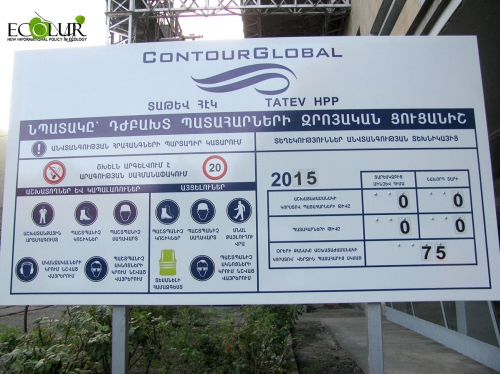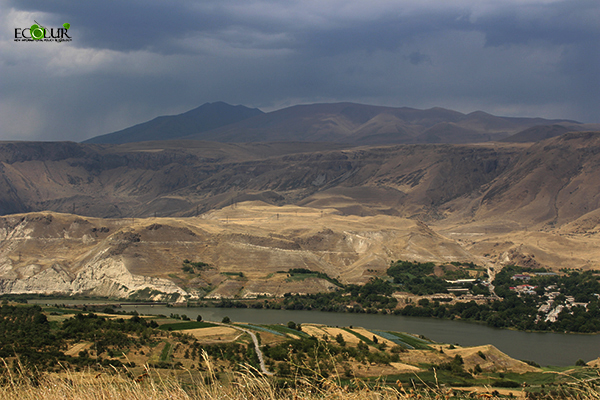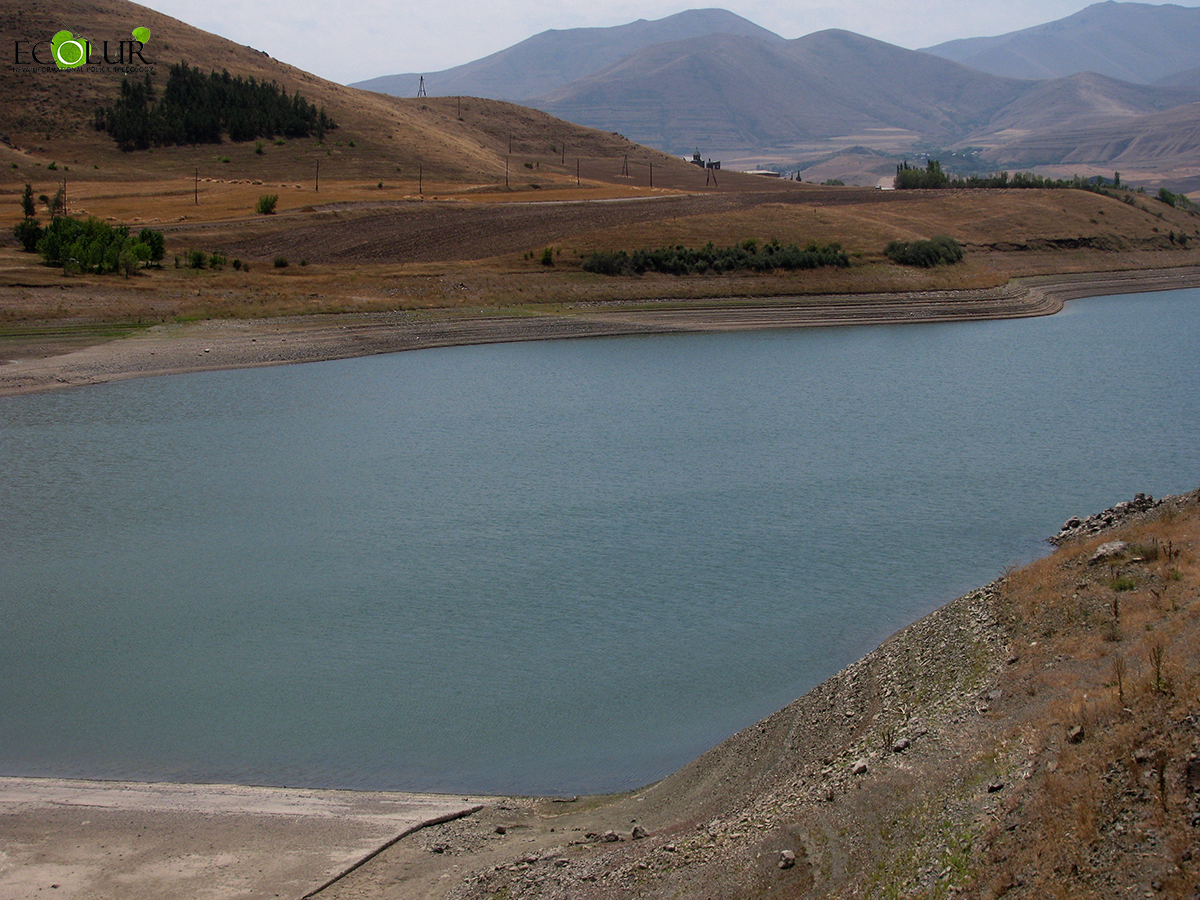

Hydropower is one of the priority economic branches Syunik Region, where the complex of Vorotan HPPs is located and where about 60% of the electricity generated in the hydroelectric power stations of the republic is produced, and about 15% of the entire produced electricity.
The system of Vorotan hydroelectric power plants consists of "Spandaryan" (76 MW), "Shamb" (171 MW) and "Tatev" (157.2 MW) HPPs, the total installed capacity of which is 404.2 MW, the annual design output - 1.16 billion kWh. The Hydrocascade uses the large and strategic water resources of the region for its uninterrupted work, about 85% of the water volume of the Vorotan River and the water in 6 reservoirs - Spandaryan, Shamb, Tatev, Tolors, Angeghakot and a daily regulation reservoir.
Spandaryan reservoir

Shamb reservoir

Tolors reservoir
Angeghakot reservoir
The locals make use of the water of these springs for agricultural purposes, as well as they use the water from the canals fed by the daily regulating reservoir of "Tatev" HPP (Vorotan main canal) and Karahunj reservoir, the rivers and their tributaries. In parallel with the development of the economy due to the overexploitation of the mentioned water sources, the large communities in Goris and Sisian area regularly face the problem of lack of irrigation water.
Because the reservoirs are mainly located in the middle andlower reaches of the rivers, whereas most of the arable land is located above the reservoirs, irrigated arable land receives water through pumps or by gravity. During the irrigation season, there is a shortage of water in the region, which is due to the general wear and tear of the irrigation network, as well as non-compliance with water intake restrictions for other water users, particularly the Vorotan HPP complex and SHPPs. Due to the water intake of a large number of 23 operating hydropower plants, the ecological flow in some parts of the rivers is not maintained, which puts quantitative pressure on the rivers.
Expert Roza Julhakyan in her study referred in detail to the problems of access to irrigation water for hydropower in Syunik Region. In particular, the following issues were raised:
1. The depletion of the region's water resources continues.
2. The proportion of amounts of water resources used for hydropower and irrigation is not maintained during the irrigation season.
3. The quantities set as the environmental flow of water resources for hydropower plants are generally not adhered to.
4. The relevant legal act does not regulate the regulation of water distribution mechanisms among water users in water-scarce seasons.
5. Mechanisms of state control over the operation of hydropower plants are not effective.
6. Hydropower plants do not carry out self-monitoring of water intake and environmental flow.
7. Water users operating hydropower plants are not accountable to the beneficiaries, especially the affected population.
8. Climate change adaptation measures are not sufficient to reduce water flows as a result of global warming to prevent changes in water quality.
9. Unlike other large reservoirs, Vorotan reservoir filling data are not published, they are not available to stakeholders.
10. The issues of safe collection, storage, and neutralization of transformer oils of other types (wastes of hazard class 1-4) formed during the operation of hydropower plants are not solved.
11. Fish protection structures have not been installed in Angeghakot, Spandaryan, Shamb, Tolors reservoirs envisaged in technical re-equipment environmental program of Vorotan hydro cascade.
12. According to the research conducted by "EcoLur" Information NGO, most of the fish protection networks of SHPPs do not function in terms of maintaining the biodiversity of the fishery and the quantitative indicators of the expulsion of native fish species, as a result of which they have undergone negative changes.
13. Organizations operating SHPPs do not provide socio-economic assistance to the communities affected by SHPPs.
September 23, 2021 at 14:22
